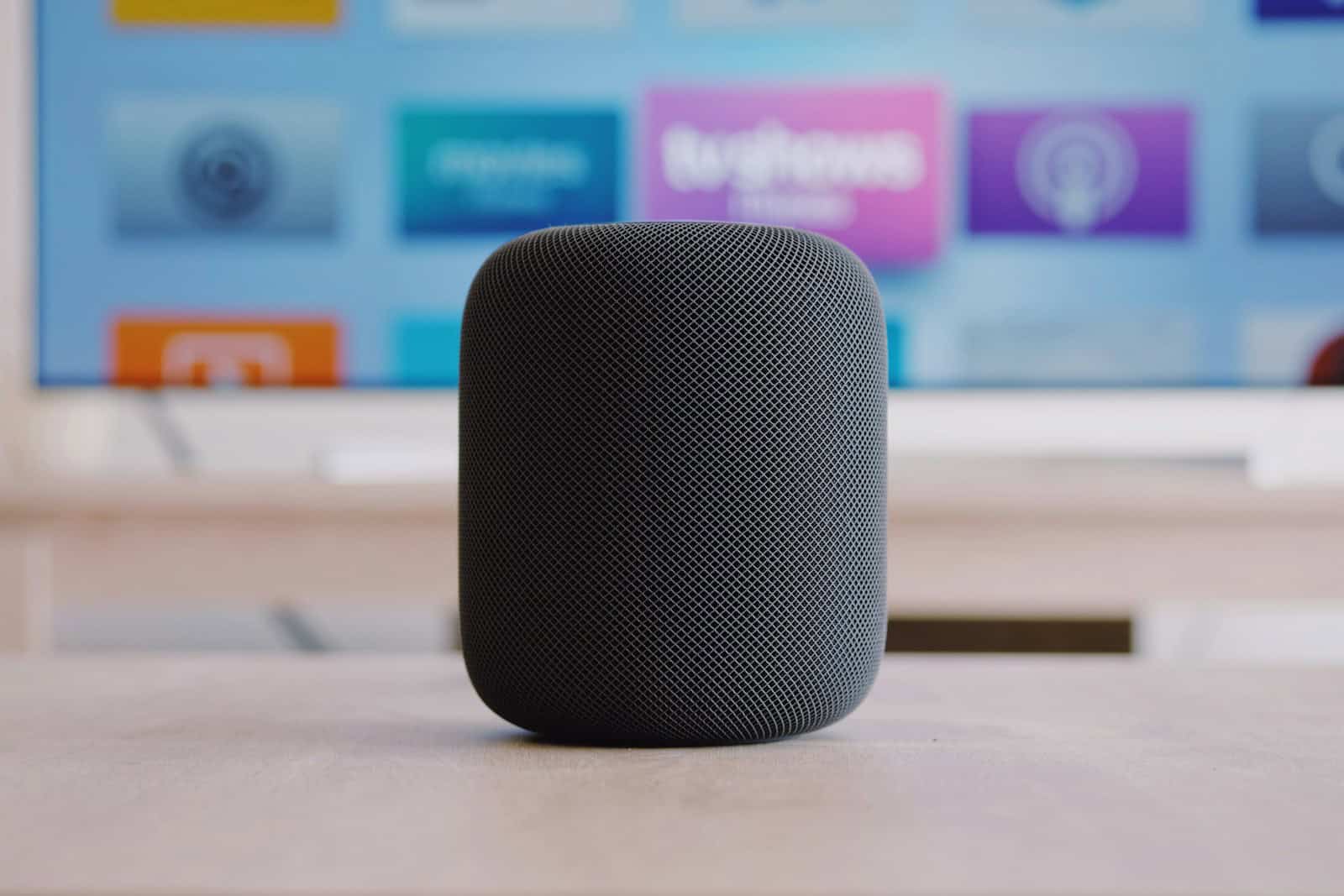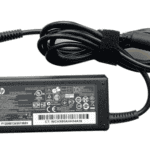Apple has officially marked the iPhone X, the original HomePod, and the first-generation AirPods as “vintage,” a label that might stir nostalgia for some and urgency for others. While these products once redefined their respective categories, they’ve now crossed the threshold into Apple’s vintage catalog—signaling limited support going forward and a chapter closed in Apple’s hardware legacy.
What Does “Vintage” Mean?
In Apple’s terminology, “vintage” products are those that were discontinued between five and seven years ago. This classification doesn’t mean the devices are dead, but it does mean Apple’s support is on a ticking clock. You can still get them repaired at Apple Stores and authorized service providers, but only if parts are available. And by the time the product reaches its seventh anniversary from the date it was last sold, it becomes “obsolete,” and official hardware support ceases entirely.

This update took effect on July 1, 2024.
iPhone X (Released November 2017)
The iPhone X was a landmark release and a bold step away from nearly a decade of design tradition. It was the first iPhone to eliminate the physical home button, ushering in the era of gesture-based navigation. Its edge-to-edge OLED Super Retina display and Face ID facial recognition system redefined how people interacted with their phones. Under the hood, it introduced the A11 Bionic chip, featuring Apple’s first Neural Engine for machine learning tasks—a foundational step toward today’s on-device AI experiences.
The iPhone X also debuted wireless charging and set the template for every iPhone design that followed. For many users, it was the first phone that truly felt like the future. Now, that future is officially in the past.
Original HomePod (Released February 2018)
Apple’s first smart speaker, the HomePod, was a showcase of the company’s audio engineering prowess. With a high-excursion woofer, an array of beamforming tweeters, and advanced spatial awareness technology, the HomePod delivered rich, room-filling sound. However, its steep $349 launch price and relatively closed Siri ecosystem limited its broader appeal compared to competitors like Amazon Echo or Google Home.
Despite the lukewarm market response, the HomePod helped Apple carve out a niche in high-end audio and laid the groundwork for future smart home integrations. Apple officially discontinued it in March 2021, turning its focus toward the more affordable and better-received HomePod mini.
First-Generation AirPods (Released December 2016)
When the original AirPods launched, they were mocked for their peculiar design. But it didn’t take long for them to dominate the wireless earbuds market. Powered by the W1 chip, AirPods simplified Bluetooth pairing and delivered impressive battery life, solid call quality, and a seamless experience across Apple devices. They became a cultural icon, reshaping consumer expectations for wireless audio.
The first-gen AirPods kicked off a product line that has grown into multiple iterations, including the AirPods Pro and AirPods Max. Today’s wireless earbuds—from Apple or competitors—owe much of their UX blueprint to that original release.
What Should You Do If You Own One of These Devices?
If you’re still using any of these products, now might be the time to consider a plan for repairs or upgrades. Here’s what to keep in mind:
- Repair while you still can: Service is still possible, but parts are only guaranteed for two more years—and even that is subject to availability.
- Expect resale values to dip: As vintage status becomes common knowledge, resale and trade-in value for these products may decline.
- Software support is likely gone or minimal: iPhone X received iOS 17, but may not get future updates. AirPods Gen 1 and the original HomePod also no longer get firmware enhancements.
Looking Ahead
The shift to “vintage” status highlights how quickly technology evolves—even iconic devices are just temporary milestones. Apple’s move serves as both a reflection on innovation and a reminder of planned obsolescence in consumer tech.
For users, this change is less about nostalgia and more about action. If you’ve held onto these pioneering devices, it’s a good time to decide whether to preserve them, repair them, or finally move on. Either way, they’ve earned their place in Apple’s history—and likely yours.
Key Takeaways
- Apple products become “vintage” when they haven’t been sold for 5-7 years, limiting repair options.
- The iPhone X, original HomePod, and first-generation AirPods represented major technological shifts when released.
- Owners of these now-vintage devices may experience reduced support and should consider eventual upgrades.
Apple’s Vintage Product Category
Apple has a specific classification system for older devices that impacts how they are serviced and supported. This system separates products into distinct categories based on their age and availability of parts.
Criteria for Vintage and Obsolete Status
Apple classifies products as “vintage” when they have not been sold for more than 5 years but less than 7 years. This status applies to the iPhone X, first-generation HomePod, and first-generation AirPods as of July 2024.
Products become “obsolete” after they haven’t been sold for more than 7 years. At this point, Apple completely ends hardware service for these items. The transition from vintage to obsolete is important for owners to understand.
The classification timeline works like this:
- Current: Products currently sold
- Vintage: 5-7 years since last sold
- Obsolete: More than 7 years since last sold
This system helps Apple manage its large ecosystem of products while gradually phasing out support for older technology.
Impact on Repair and Service
Vintage products have limited repair options. Apple stores and Apple Authorized Service Providers may still offer service for vintage items, but this depends on parts availability.
Key limitations for vintage product owners:
- Repairs are possible but not guaranteed
- Parts may be in limited supply
- Service might be restricted to certain locations
Some vintage devices might still receive software updates. For example, the iPhone 6s got a security update in March 2024, despite its older status. This shows Apple’s varying approach to software support versus hardware repairs.
Battery replacements become particularly challenging for vintage products like the AirPods, which have sealed, non-user-replaceable batteries. Many first-generation AirPods owners have already experienced significant battery degradation.
Transition of First-Generation Devices
The iPhone X, original HomePod, and first-generation AirPods represent Apple’s first-generation devices that pushed new product categories forward. The iPhone X introduced Face ID and the all-screen design that later iPhones adopted.
The original HomePod launched Apple’s entry into the smart speaker market, while the first AirPods created the now-thriving wireless earbuds category. These products were revolutionary when released but are now approaching the end of their supported lifecycle.
For users still owning these devices:
- Consider backup options if they fail
- Research third-party repair shops as alternatives
- Plan for eventual upgrades as parts become scarcer
Many first-generation wireless audio products with the W1 chip have already experienced battery issues. The BeatsX, which used the same chip as the original AirPods, have faced similar longevity problems.
Technological Evolution and Legacy
The iPhone X, original HomePod, and first-generation AirPods marked significant technological milestones for Apple. These devices introduced revolutionary features that changed how people interact with technology and set the foundation for future Apple products.
Innovative Features of the Originals
The iPhone X, now considered vintage, broke new ground with its edge-to-edge OLED display. This 5.8-inch Super Retina display offered deeper blacks and more vibrant colors than previous LCD screens.
Face ID replaced the familiar Home button and Touch ID, introducing secure facial recognition for device authentication. This technology used a TrueDepth camera system with infrared sensors to create a detailed 3D map of the user’s face.
The A11 Bionic chip powered the iPhone X, bringing neural engine capabilities for machine learning tasks. This chip enabled features like Animojis, which mapped facial expressions onto animated characters.
The original AirPods revolutionized wireless earbuds with the custom W1 chip for seamless pairing. Their true wireless design eliminated all cables, changing how people thought about headphones.
Advancements in Audio and Smart Homes
The first-generation HomePod delivered high-quality audio with its seven tweeters and powerful woofer. Apple engineered it with spatial awareness to adjust sound based on room placement.
The HomePod used the Apple A8 chip to process audio and run Siri commands. This powerful processor enabled computational audio features that optimized sound quality in real-time.
Siri integration allowed voice control of music playback and smart home devices. Users could ask questions, set timers, and control HomeKit-compatible products through simple voice commands.
AirPlay technology let users stream audio from Apple devices to the HomePod. This wireless connectivity created a seamless ecosystem experience that became central to Apple’s product strategy.
The Impact on Future Apple Products
These vintage products laid the groundwork for Apple’s current lineup. Face ID technology from the iPhone X now appears in most iPhones and iPads, while OLED displays have become standard across Apple’s premium devices.
The HomePod Mini and HomePod 2 built upon the original’s audio foundations. These newer models feature improved Siri capabilities, intercom functionality, and expanded smart home controls through Matter support.
AirPods Pro and subsequent generations evolved from the original AirPods design. Features like active noise cancellation, spatial audio, and adaptive EQ can trace their development path back to the first generation.
At WWDC, Apple continues to showcase how these technologies integrate and evolve. iOS 18 expands on facial recognition capabilities, while HomePod software updates regularly enhance smart home functionality.
These products’ influence extends beyond Apple’s ecosystem. The industry now widely adopts features like facial recognition, true wireless earbuds, and computational audio that these vintage devices pioneered.







